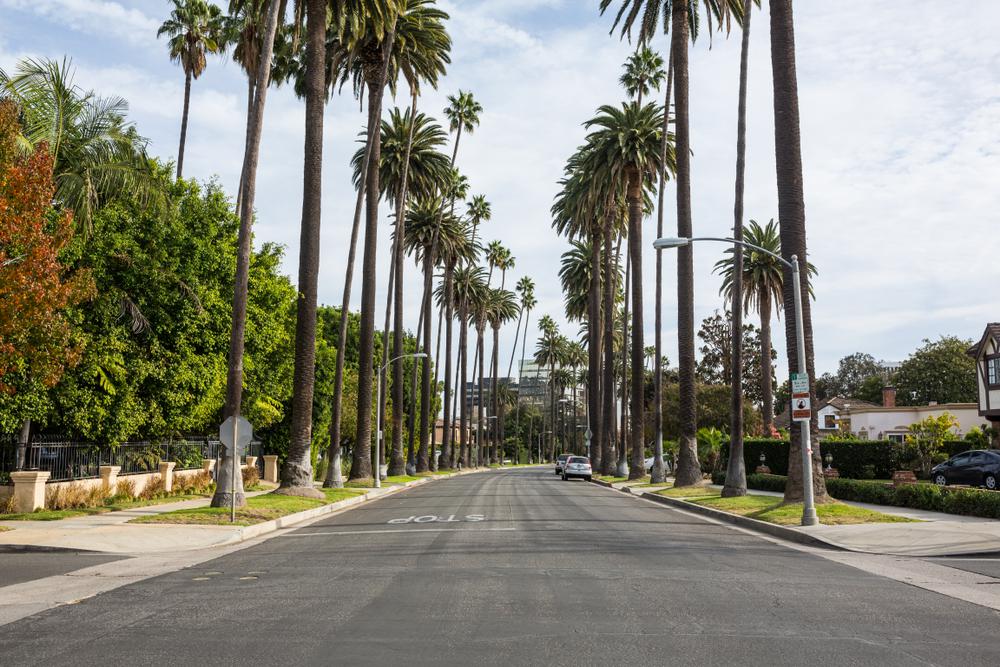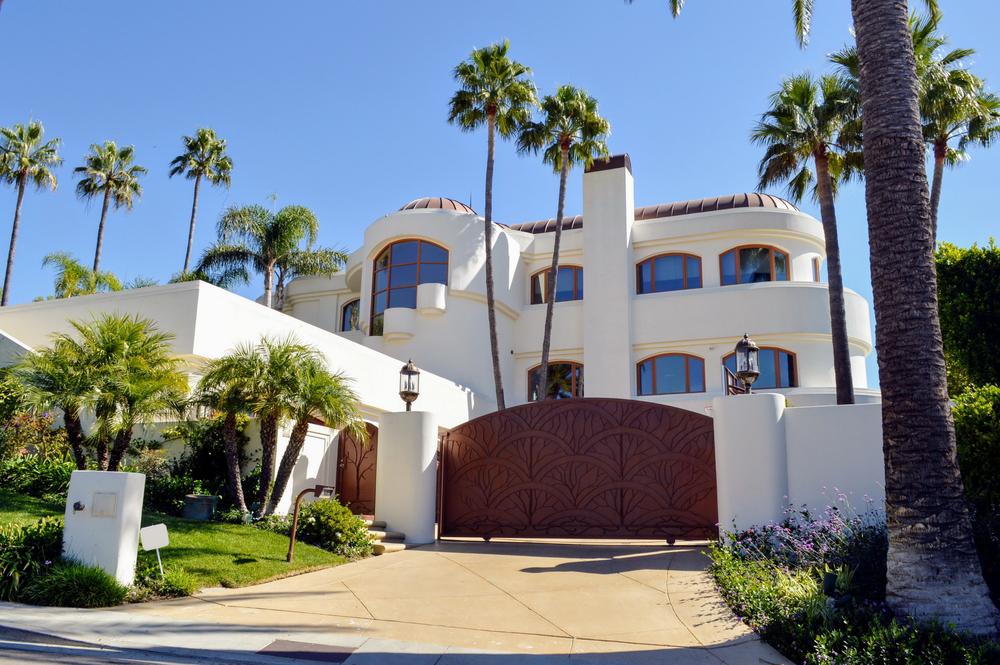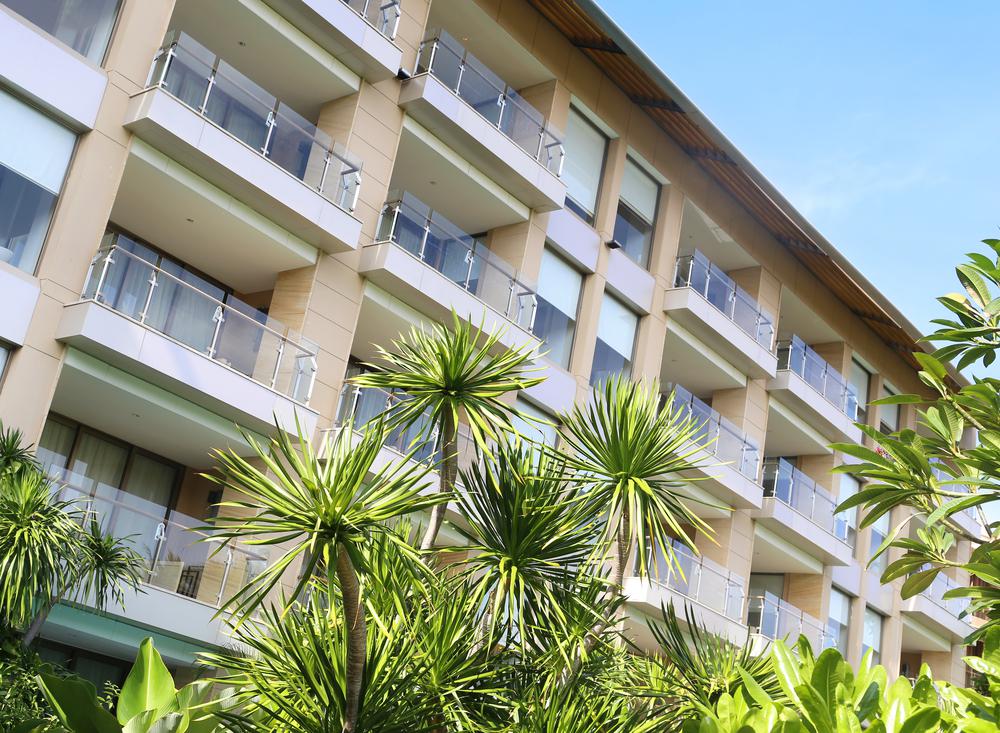11 Must-Try Waterfall Hikes in Los Angeles
All waterfall hikes in L.A. have one thing in common—unbeatable views of terrific cascades. Here are the ones to try next.

Moving to L.A. is exciting! But, before you move make sure you've read up on everything regarding the Los Angeles rental market.
The cost of buying a typical L.A. home is inching up towards impossible these days. Sure, there usually is a hefty price tag attached to living in the City of Angels, but if that seems out of reach for you right now, don’t worry, you’re not alone. The Los Angeles metro area has the fourth-highest share of renters in the nation. So, since you’re far from being an exception, we thought we’d help you out. Here’s a roundup of everything you need to know about Los Angeles’ rental market.

In an expensive city like Los Angeles, a rent-controlled unit is the golden ticket you should be looking for. ‘Rent control’ basically means that there are units with limits set on how much the rent can be raised annually. The current rate in Los Angeles is four percent—this means long-term, you’ll be paying much less than you would otherwise. Los Angeles County has several cities with rent control, but you’d have to look into it further; the rules typically vary.

Does your business rank among the best in California?
nominate a businessLearn more about our selection criteria and vetting process.
The average rent for an apartment in Los Angeles currently stands at $2,518, marking a five percent increase from last year. At this rate, you'll mostly find one to two-bedroom units. Options include pet-friendly apartments near Hollywood's Walk of Fame, remodeled units in the Palms area, and vintage apartments in Beverly Grove.

1. For starters, you need a budget.
Check median costs for reference and make sure that the apartment you’re looking at isn’t far off—and by the way, there’s definitely such a thing as ‘too cheap.’ Keep in mind that in addition to the cost of monthly rent, you’ll probably have to put down a security deposit; first and (in a few cases) last month’s rent. There’s an application fee, which shouldn’t loom higher than $50. And a little heads up, many landlords will stipulate that your income be at least three times your rent.
2. Zero in on a neighborhood.
You may want a neighborhood that’s close to where you work or perhaps you’re eyeing an area with good schools nearby. Either way, this is a step you need to sort out ASAP since L.A.’s rental market varies heavily based on where you decide to live.

3. Define your expectations.
Apartment hunting in L.A. may not be the most competitive sport out there, but at certain times, you might find yourself pitted against other cutthroat contenders. One of the reasons for this is because Los Angeles boasts a pretty good vacancy rate right now—bidding wars aren’t an unheard-of concept. And yes, this means that if you have your heart set on a place, get ready to pay more than the listing price.
1. Start apartment hunting.
If you wish to hire a realtor for this step, you’re free to do so. But in most cases, the Los Angeles rental apartment market is something you’re able to successfully pull off on your own. The best way is to check out the neighborhoods on foot. And since landlords like to rent to locals, you’re likely to stumble upon a place you wouldn’t find online. Your second-best resource? The Internet.
2. Check out the place in person.
Once you find a place you like, call or email to set up a visiting time—this is vital. You’ll very likely deal directly with the property manager, and seeing everything in person is the best and probably only way to ensure you aren’t getting scammed. P.S. No stove or fridge doesn’t automatically mean you’re getting scammed; many Los Angeles landlords don’t supply them. This means you might have to get your own.

3. Pets might complicate things.
Finding an apartment in Los Angeles to rent with a pet is difficult, but it’s not impossible. There are certain restrictions set on size or breed, but if you’re able to negotiate with the property owner, expect to put down a pet deposit.
4. Don’t waste any time and apply as soon as possible.
When a place really catches your eye, submit an application as soon as you can. The L.A. rental market is really tight, and things don’t seem to be changing anytime soon. Landing your dream apartment in the City of Angels often comes down to simply being the first one to apply. You’ll need a solid credit score, bank statements, and phone numbers of employers and former landlords—these will instantly make you stand out as a responsible tenant.

Okay, so you’ve found your dream apartment and signed the lease, what’s the next step? Knowing your rights. Here are a few of the absolute essentials.
1. Every tenant has a right to clean, habitable housing, and landlords are required to do everything to ensure the livability of units. This means broken windows, doors, roofs, and plumbing systems are not your responsibility—they’re the property manager’s.
2. If a place isn’t habitable or an issue occurs making the place uninhabitable, the landlord must fix it ASAP. Technically, a landlord isn’t supposed to collect rent at all until the place is habitable, but this doesn’t mean that you can treat a ‘lingering’ problem as a reason to stop paying rent.

3. Los Angeles has many places that have been converted into living units without proper residential permits. For instance, it’s common to come across a garage or basement that’s been transformed into a one-bedroom. If you find yourself renting one of those spaces, you should know that you have all the same protections a normal tenant has. If this unit is in a rent-controlled building—even better, you have additional rights and protections.
4. Ever wondered when your landlord can come into your unit? Well, unless it’s an emergency—in which case, they can enter without any notice at all—your landlord or property manager is supposed to give you 24 hours' notice. And whether it’s to give potential new tenants a tour or come in to make improvements and repairs, they’re only supposed to do this during normal business hours.


All waterfall hikes in L.A. have one thing in common—unbeatable views of terrific cascades. Here are the ones to try next.

Discover how to track and prepare for meteor showers in California for a spectacular celestial viewing experience.

Ditch the busy Spring Break crowds and check out these fantastic, underrated spring travel destinations in California.

Gaze into California's amazing sunsets with our exploration of the top sunrise spots in California.

